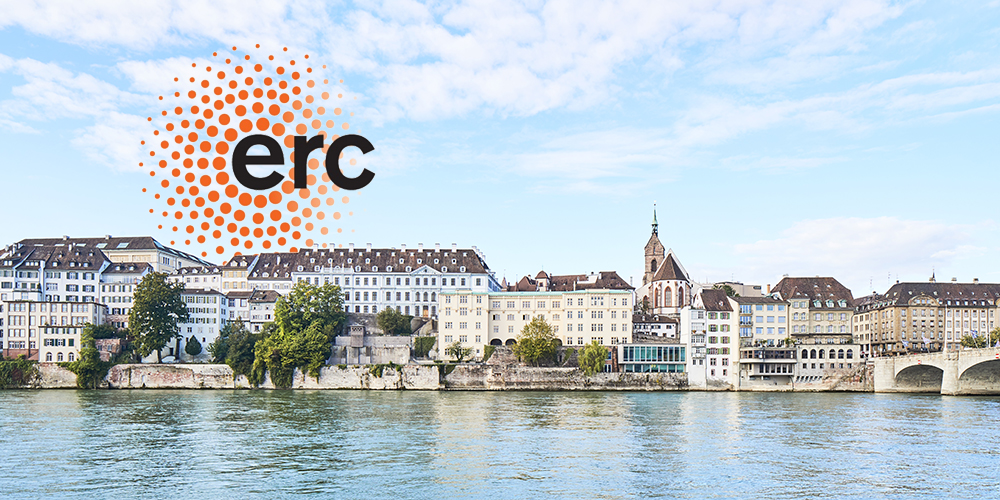Resources & materials

54.5 gigawatt hours of energy and 229,230 cubic meters of water were consumed last year for research, teaching and administration to serve the roughly 13,000 students, PhD students and 5,000 staff in over 80 buildings. The energy consumption generated emissions totaling 2,961 tonnes of CO2-equivalents. The data published here for the years 2016-2018 serves as a basis for establishing a system for ongoing resource monitoring.
Goals 2019 - 2021
Building on the 2018 database (see "Status 2018"), the University of Basel developed goals and actions for the 2019-2021 timeframe to strengthen the sustainable use of resources and materials. These include, for example, switching power procurement from predominantly nuclear power to hydropower, implementing a new energy management and monitoring system, and giving greater priority to sustainability criteria in procurement. All goals and actions of the focus area “Resource & materials” are listed and explained in the overview table (see link box) on page 8 and 9.
Status 2018
As a large-scale consumer, the University of Basel is part of a wide range of energy and resource cycles. Energy is used in the form of electricity, heat and cooling and is sourced from the European and national electricity grid as well as from local district heating and district cooling networks. Among other things, energy use generates greenhouse gases, which were included in the first calculation of the energy-related CO2 footprint for the University of Basel. A high percentage of water is consumed for the cooling of laboratories, devices and materials used in research. Sustainability aspects also include the procurement of products, materials and services as well as management of recyclables and hazardous waste.






